2006: The Three Aces
Shankar Iyer | burmanfan@yahoo.com
Manek Sabhagriha, Mumbai witnessed a rare musical event on 18th November – The coming together on stage of The three aces Legendary musical stalwarts, Manohari Singh, Kersi Lord and Ustad Rais Khan. The occasion endorsed organizing group Swar Aalap’s dedicated commitment to the cause of promoting and supporting musicians since 2002. The musicians who arranged and played for thousands of Hindi film songs, infusing their own fervor and Zeal to create the enduring appeal that music lovers have grown and lived with.
The event’s theme hinged on lucid chat sessions with the three artistes, presented along with live orchestral performance of their evergreen songs from Hindi films. The event was researched and co-host by a businessman and the passionate music lover Kushal Gopalka. Shankar Iyer re-lives the charisma of the mega evening that had the 800-odd audience in rapt attention.
Ye raat ye Sitare phir kahan…
 The curtains symbolically opened with septuagenarian Manohari Singh playing Key Flute on stage to the lively beats of the 1972 blockbuster hit ‘Saamne ye kaun aaya’, which Dada had arranged for RD Burman in ‘Jawani Diwani’. The song aptly befitted the occasion to signify the thrill of having the contributor himself in our midst. ‘Gaana sajaane se woh ubhar ke aata hai’ explained Dada, elaborating on what music arrangement meant. Remembering his long association with arranger Basu Chakraborty, Manohardia reminisced the great times with Composer RD Burman with whom he teamed from the mid 60’s to 1994 until Panchamda’s death.
The curtains symbolically opened with septuagenarian Manohari Singh playing Key Flute on stage to the lively beats of the 1972 blockbuster hit ‘Saamne ye kaun aaya’, which Dada had arranged for RD Burman in ‘Jawani Diwani’. The song aptly befitted the occasion to signify the thrill of having the contributor himself in our midst. ‘Gaana sajaane se woh ubhar ke aata hai’ explained Dada, elaborating on what music arrangement meant. Remembering his long association with arranger Basu Chakraborty, Manohardia reminisced the great times with Composer RD Burman with whom he teamed from the mid 60’s to 1994 until Panchamda’s death.
Dada’s renditions on the Saxophone and the Key Flute were akin to that of matured classical solo artiste. Playing his original pieces live in the songs performed on stage ‘Gar tum bhula na doge – Yakeen’, ‘Jaa re ud jaa re panchhi – Maya’, ‘Tum bin jaaun kahaan – Pyar Ka Mausam’, and ‘Hai duniya usi ki zamaana usi ka – Kashmir Ki Kali’. Be it the Saxophone or the Key Flute, it was sheer bliss to experience Dada’s extra special expression, tonal quality and amazing breath control that had listeners cheer with excitement and go wild with frenzy.
An inter-active quiz with the already charged audience based on Dada’s live Saxophone renditions for various music directors followed. Dada’s renditions in ‘Awaaz de ke – Professor, ‘Tumhe yaad hoga – Post box no.999’, ‘Dil jo na keh saka – Bheegi Raat’, ‘Aji rooth kar ab‘ and ‘Bedardi baalma‘ – Aarzoo, had the whole gathering further exited, ready to lap up everything that was on offer. The evening reminded us of many other invaluable renderings from the maestro viz. ‘Shokh nazar ki bijliyaan – Woh Kaun Thi, ‘Zindagi kaisi hai paheli – Anand, ‘Aaja aaja main hoon pyar tera – Teesri Manzil’.
The metaphorical finale, ‘Accha to hum chalte hain – Aan Milo Sajana’ was followed by felicitation to Manoharida – the Swar Aalap shawl and a memento from Mr. Laxmichand Shah, one of the long-time patrons of Swar Aalap. Truly, this globally acclaimed saxophonist had not only delighted his old fans, but also added many more names to his never-ending list of admirers that evening.
The legend with almost 10,000 songs
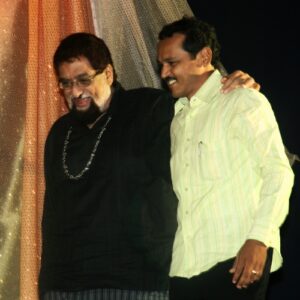 The immortal Accordion pieces of ‘Roop tera mastana’ from SD Burman’s ‘Aradhana’ played live by the orchestra welcomed the living legend and the second star of the evening on stage. The song immediately established a connection with the gathering as they sat up to take notice of the artiste, Kersi Lord, who had played the original unforgettable Accordion with lots of expressions along with some Jazzy Harmony in the great composition.
The immortal Accordion pieces of ‘Roop tera mastana’ from SD Burman’s ‘Aradhana’ played live by the orchestra welcomed the living legend and the second star of the evening on stage. The song immediately established a connection with the gathering as they sat up to take notice of the artiste, Kersi Lord, who had played the original unforgettable Accordion with lots of expressions along with some Jazzy Harmony in the great composition.
Associating the legend with almost 10,000 songs, we observed that Kersi Lord’s multiple achievements covered a wide array of instruments like the Piano Accordion, Synthesizer, Organ, Drums, Bongos, Congas, Glockenspiel, Vibraphone, Xylophone etc. And last but not the least the ‘Minimoog’ Synthesizer that he had introduced to India in 1973. Kersi Sir’s many unique musical phrases have been the effects of and improvisations on his early jazz influences, besides his love for audio electronic equipment’s, it was noted.
The host’s chat session, laced with Kersi Sir’s inimitable comic timing, also revealed some lesser known trivia – Young Kersi playing percussions for recordings of Naushad saab,s ‘Dastaan’ and ‘Jadoo’ straight after school in the late 40’s being often compared to his illustrious father Cawas Lord, his evolving music playing styles thanks to his desire to learn and absorb from senior and visiting foreign musicians, his maidan back-ground music score for two scenes in Naushad saab’s ‘Raam aur Shyam’ and his experiment filled days with his all-time favorite music composer R D Burman. Have a look at the wide variety of songs performed on stage that robust evening to realize this Accordion in ‘Achhaji main haari – Kala Paani’, Chinese temple blocks in ‘Jaane kya tune kahi – Pyasa, Percussion instruments in ‘Andhe Jahaan ke – Patita, Synthesizer – Vocoder combining the vocals of Ursula for the title track of ‘The Burning Train’, Organs in ‘Yeh mera dil – Don, the unique 11 beats mesmerizing title music of ‘Shalimar’, and the nostalgic lighter sound introduced through German instrument Glockenspiel in ‘Main zindagi ka saath – Hum Dono.
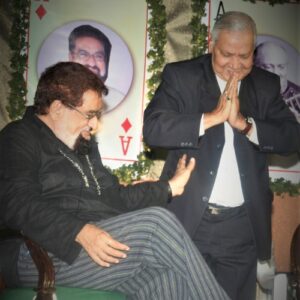 Kersi Lord’s masterly arranged compositions for Madan Mohan’s ‘Hanste Zakhm’ and Naushad saab’s ‘Saathi’ were re-lived through ‘Tum jo mill gaye ho’ (with Manoharida on Flute) and ‘Mere Jeevan Saathi’ respectively. The audience appreciated the classic accordion accompaniment in ‘Tasveer teri dil mein – Maya and ‘Teri duniya mein jeene se – House no.44. The beautiful and demanding use of Synthesizer in ‘Dil lena khel hai – Zamaane ko dikhana hai, was evidently felt too. ‘Roop tera mastana’ perfectly and befittingly summed up the Lord session. As an added treat for all, Audio Clip played of the delightful Bongo dace sequence from ‘Dr. Vidya, only to further augment the belief that Kersi Sir’s invaluable contributions as a high caliber musician remain unparalleled in the annals of Hindi film music.
Kersi Lord’s masterly arranged compositions for Madan Mohan’s ‘Hanste Zakhm’ and Naushad saab’s ‘Saathi’ were re-lived through ‘Tum jo mill gaye ho’ (with Manoharida on Flute) and ‘Mere Jeevan Saathi’ respectively. The audience appreciated the classic accordion accompaniment in ‘Tasveer teri dil mein – Maya and ‘Teri duniya mein jeene se – House no.44. The beautiful and demanding use of Synthesizer in ‘Dil lena khel hai – Zamaane ko dikhana hai, was evidently felt too. ‘Roop tera mastana’ perfectly and befittingly summed up the Lord session. As an added treat for all, Audio Clip played of the delightful Bongo dace sequence from ‘Dr. Vidya, only to further augment the belief that Kersi Sir’s invaluable contributions as a high caliber musician remain unparalleled in the annals of Hindi film music.
The first session of the tantalizing evening concluded with shawl, memento and trophy felicitations for Kersi Lord by Arun Puranik (another staunch Swar Aalap loyalist) and for Ustad Rais Khan by businessman Mr. Pappu Mehra. A second major highlight was the simple and crisp inauguration of the Swar Aalap calendar by industrialist and distinguished art connoisseur Mrs. Padma Binani. This specially designed calendar is Swar Aalap’s tribute to twelve film musicians through their exclusive and rare photographs plus write-ups on their musical work and prowess.
Ustad Rais Khan as an extra ordinary Sitar Soloist
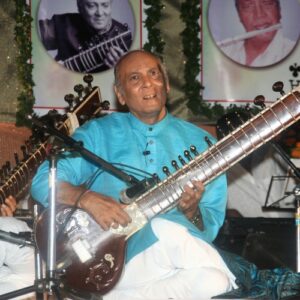 The curtains re-opened with the third star Sitar maestro Ustad Rais Khan taking center stage accompanied by his son cum disciple Farhan Khan. Playing expressively his father’s original sitar pieces in ‘Aaj socha to – Hanste zakhm, Chandan sa badan – Saraswatichandra, and Itna to yaad hai mujhe – Mehboob ki Mehndi.
The curtains re-opened with the third star Sitar maestro Ustad Rais Khan taking center stage accompanied by his son cum disciple Farhan Khan. Playing expressively his father’s original sitar pieces in ‘Aaj socha to – Hanste zakhm, Chandan sa badan – Saraswatichandra, and Itna to yaad hai mujhe – Mehboob ki Mehndi.
Although the world at large recognizes Khan Saheb as an extra ordinary Indian classical soloist, few music lovers actually know of his Sitar adorning countless Hindi film songs like ‘Nagma-o-sher ki Saugaat’, ‘Dhundho dhundho re saajna’ ‘Ishaaron isharoon mein’, Rasm-E-Ulfat ko, etc. Khan saheb remembered his long association with music directors O P Nayyar, Madan Mohan, Shankar- Jaikishan, and Laxmikant-Pyarelal. The conversation reminded us of the Ustad’s stirring background Sitar notes in landmark movies like ‘Pakeeza’, ‘Amrapali’, ‘Mera Naam Joker’, and ‘Saathi’. Underlining the contributions of hundreds of music artistes, the Ustad stressed that both ‘filmi’ and ‘ilmi’ singing are equally demanding and specialized and that they deserved equal respect. Recollecting his film musical career from the late 50’s to the early 80s, the Ustad’s poignant urdu captivated the audience.
The Karachi based stalwart was not only a staunch supporter of Swar Aalap, but had waived off his entire performing fees (a feat which was emulated by many musicians including Manoharida as their contribution to Swar Aalap that evening). Starting with ‘raagdari’ music, khan saheb moved on to lighter stuff comprising hit film songs which he had played for. His younger son Hashnain Huzoor Khan and disciple Uday Grover accompanied him. His rendition in ‘Itna to yaad hai mujhe’ re-iterated the unique tonal brilliance of his Sitar that we have come to associate ourselves with. Table artiste Anand Badamikar of Solapur, a senior disciple of Pandit Taranathji, accompanied Ustad Rais Khan on the Tabla along with the great Band from Anup Shankar and Girish Vishwa.
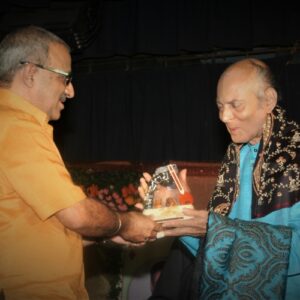 The icing on the cake was the autograph session thereafter, where fans, old and new, clamored for the stars autographs on the rare photographs of the Swar Aalap calendar. Pta. Zarine Sharma and Pt. Ashok Sharma having featured on this collector’s item readily joined the signing session. And the cherry on the top of the icing was the photo gallery in the hall area outside the auditorium. Uniquely displayed poster-photographs of the three stars of the evening were noted and appreciated by all for their rarity and historical value.
The icing on the cake was the autograph session thereafter, where fans, old and new, clamored for the stars autographs on the rare photographs of the Swar Aalap calendar. Pta. Zarine Sharma and Pt. Ashok Sharma having featured on this collector’s item readily joined the signing session. And the cherry on the top of the icing was the photo gallery in the hall area outside the auditorium. Uniquely displayed poster-photographs of the three stars of the evening were noted and appreciated by all for their rarity and historical value.
Vocalists for the evening comprised the versatile artistes with their own distinct voices Deepali Somaiya, P Balram, Saurabh Srivastava, Rajesh Iyer, and Beena Desai. The instruments section featured John Timothy on the Electric Guitar, Milind Dhabolkar and Rajesh Vasta on the keyboards, Sushant Katkar on the Accordion, Pramod Sane on the Tabla, Percussionist Hafeez Khan, and Dilip Rane on the Bass Guitar. The much-appreciated interiors and décor were done by Anuradha Pittie. Sangam Upadhyay’s stage, audio and lightning services for the evening nicely supported the show.
I am compelled to think that a divine hand ‘upstairs was involved in the supervision of the show, perhaps firmly vindicating Swar Aalap’s selfless and ongoing efforts in the field of Hindi film music. Does this also not connect, the planned sequence of events progressed smoothly and grandly to conclude a memorable evening that is forever etched in the memory of the music lovers?
What the guests said:
Swar Aalap had a unique concept and the guts to carry it of wonderfully. I was glued till the very end”. – Dilip Piramal, Industrialist:
“I don’t have any words. Jo 40 saal mein kabhi nahin hua hai, Swar Aalap ne wo kar dikhaya hai. Aage ke aise shows ke liye mera support hamesh rahega”- Uttam Singh, (Music Director)
“Great show. My blessings are with you” – Ameen Sayani (Indian Radio Announcer)
“The beauty of the show started with the picture gallery in the foyer and continued in the same spirit on stage. The lovely performances of the singers and the musicians added to the spirit of the show. My compliments to Team Swar Aalap and all the others behind the scene”. – Kersi Lord
“Bahut achha kaam kiya hai Swar Aalap ne. Baar-baar pesh karke logon ko surile pal dene chahiye” – Ustad Rais Khan
“Nobody has projected me and my work so well” – Manohari Singh
“I am very happy to have been part of this lovely experience!” – Y S Mulky, Arranger and musician
“I loved the concept and the program. Beautiful ambience” – Mrs Padma Binani
“It was a very great event. This should happen frequently to promote good music. Great work by Swar Aalap and my best wishes to them” Pt. Ashok Sharma
‘Swar Aalap’ yeh naam hi kaafi sundar hai, jo sangeet se taaluk rakhta hai. Ye Silsila jaari rakhna aur hamari shubhkamnayein hamesh aapke saath hain” – Pta. Zarine Sharma


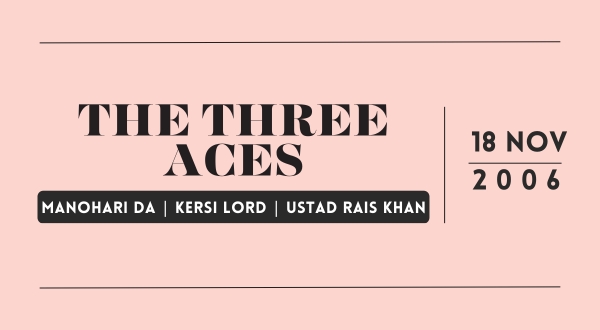
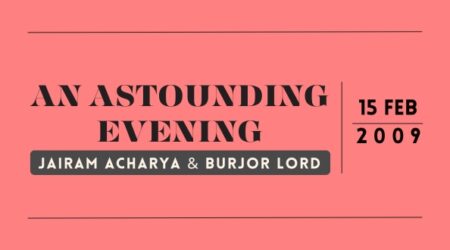
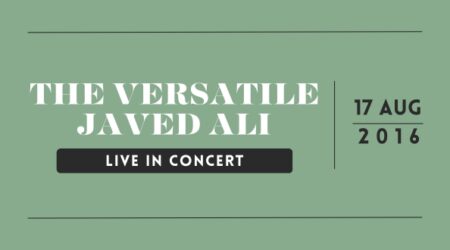
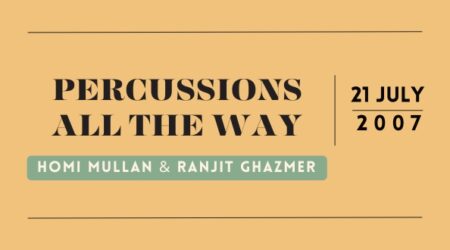
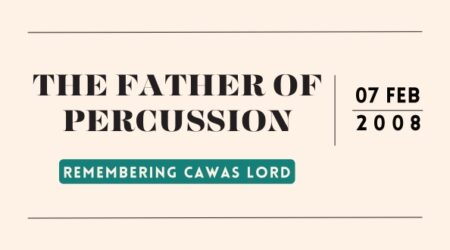
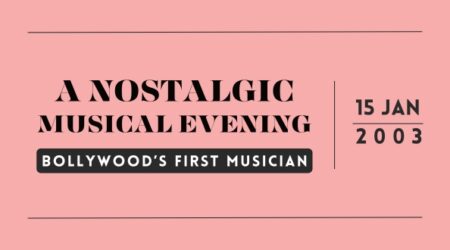
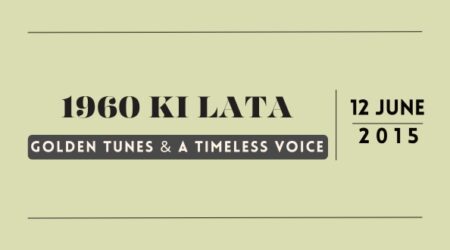

Leave a Reply